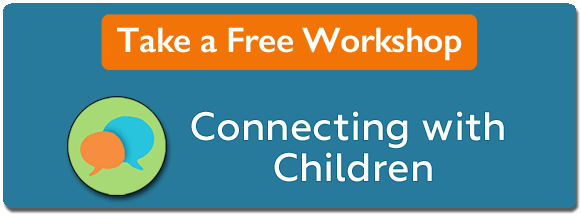
“What do you see?” our communications professor asked as he held up a black and white ink drawing.
“A beautiful Gibson-style girl with a feather in her hat.”
“No, it’s an old hag with a witch’s nose and a scarf tied over her head.”
As we discussed this picture, most of the class could shift back and forth and see both images by directing our attention to one aspect of the drawing until our perceptions changed. Once we saw both figures, it seemed easy to move between them. We realized that the pretty and the ugly were embedded in the picture. What we saw depended on where we put our attention.
What a valuable lesson that picture has been for me in seeing the positive. The other lesson, much harder to learn, is that the “not-so-positive” resides in every picture or situation. It’s wise to search for the downside as protection against negativity.
Striving for that delicate balance of optimism, pessimism and realism challenges me.
An optimist sees the glass as half full. The pessimist sees it as half empty. The realist says, “Someone’s going to have to get water.”
If we focus on the negative, we can get into a “crabby habit of mind” as Dr. John Gottman warns in his book, The Relationship Cure. With all the worries we have in our lives–children, spouse, jobs, family, etc.–it can take a concentrated effort to shift our perception to the positive, the beautiful, the good and the blessings in our relationships. To refocus, we need to count our blessings.
Dr. Gottman encourages us to exercise Thanksgiving every day by expressing gratitude and thanks to those around us. Dr. Gottman recommends giving thanks as a cure for the “crabby habit of mind,” when we are focused on the negative. When we find ourselves being overly critical of our loved ones, we can shift our focus by finding reasons to value them. Even though we might feel our criticism is justified, Gottman recommends finding and sharing five bits of praise and appreciation daily with the people who earned it.
Three-year-old Penelope couldn’t do anything right. Penelope threw puzzles, walked over others’ work, made hurtful remarks, and stuck out her tongue with disrespect.
After visiting with Penelope’s mother and father about her unacceptable behavior, we decided to shift our focus and find some quality or task that we could appreciate and share with her. For example, “Penelope, I saw how you hung up your coat this morning. Good job.”
As long as no safety issues were broached, her classroom teacher remained quiet with any criticism of Penelope’s behavior and focused on the positive. As the days went by we shared with Penelope “bits of praise and appreciation” when she earned it. In two weeks, Penelope’s behavior had changed dramatically, and she exhibited none of her previous actions. One classroom observer didn’t believe Penelope was the same child.
Dr. Gottman lists about 75 qualities we can find to appreciate and praise. Some of these follow: loving, intelligent, strong, energetic, persistent, funny, gentle, kind, relaxed, beautiful, calm, tender, careful, strong, interesting and helpful.
If you find yourself in a “crabby habit of mind,” shift your focus to the blessing instead of the criticism. Look for the positive, knowing full well the negative is there. Find qualities to appreciate and praise. What you feed grows, so feed positive qualities with appreciation and ignore negative qualities as long as no one is hurt. As you find qualities to be thankful for in your children and others, you will cultivate an attitude of gratitude.
May every day be a day of thanksgiving for you and yours.

